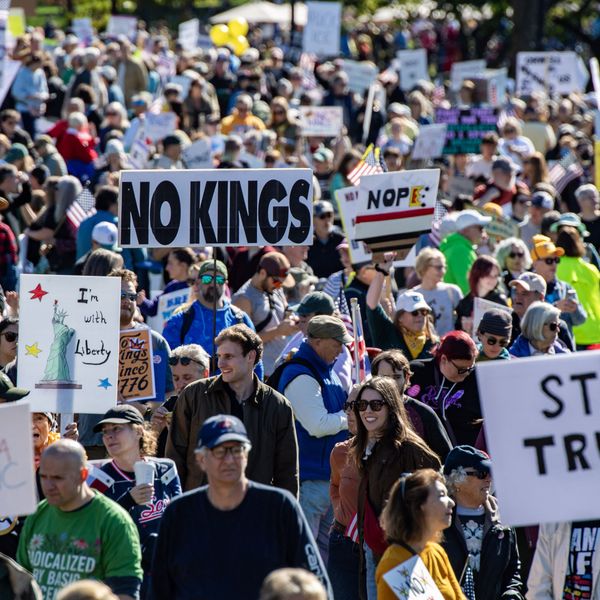Year in which TransCanada's Keystone Pipeline carrying carbon-heavy tar sands oil from Canada to the United States was approved by the Bush administration: 2008
Year in which the first phase of the pipeline, from eastern Alberta to Nebraska and then on to Illinois, was completed: 2010
Year in which the second phase, from Nebraska to Oklahoma, was completed: 2011
Year of completion for the third phase, known as the Gulf Coast Extension and running from Oklahoma to refineries at Port Arthur, Texas: 2014
Year in which another piece of the Gulf Coast Extension, connecting to refineries in Houston, is expected to begin operating: 2016
Date on which President Obama, citing concerns about climate change, rejected the fourth phase of the project, known as the Keystone XL, which would have essentially duplicated the initial phase between Alberta and Nebraska: 11/6/2015
Percent more greenhouse gas emissions produced from an average gallon of tar sands oil than from conventional crude: 14 to 37
Number of times higher emissions are from extracting and refining tar sands oil than conventional oil: 3.2 to 4.5
Effect the Keystone XL cancellation is expected to have on the amount of tar sands oil flowing from Canada to the U.S.: little
Barrels of tar sands oil flowing to the U.S. Gulf Coast every day through another existing pipeline system operated by the Canadian company Enbridge: 450,000
Following a planned expansion of the Enbridge system, barrels of tar sands oil that could be flowing to the U.S. Gulf Coast daily : 800,000
Amount Enbridge is investing in storage infrastructure along the U.S. Gulf Coast for the increased amount of tar sands oil expected to flow there: $5 billion
As of 2008, portion of planned expansion of U.S. refining capacity intended to accommodate dirtier tar sands oil, the refining of which produces more sulfur dioxide pollution linked to respiratory and cardiovascular problems: 2/3
Percent greater cancer risk African Americans and Latinos face from refinery pollution than the general population: 33
Percent greater cancer risk people living below the poverty line face from refinery pollution: 35
(Click on figure to go to source.)

